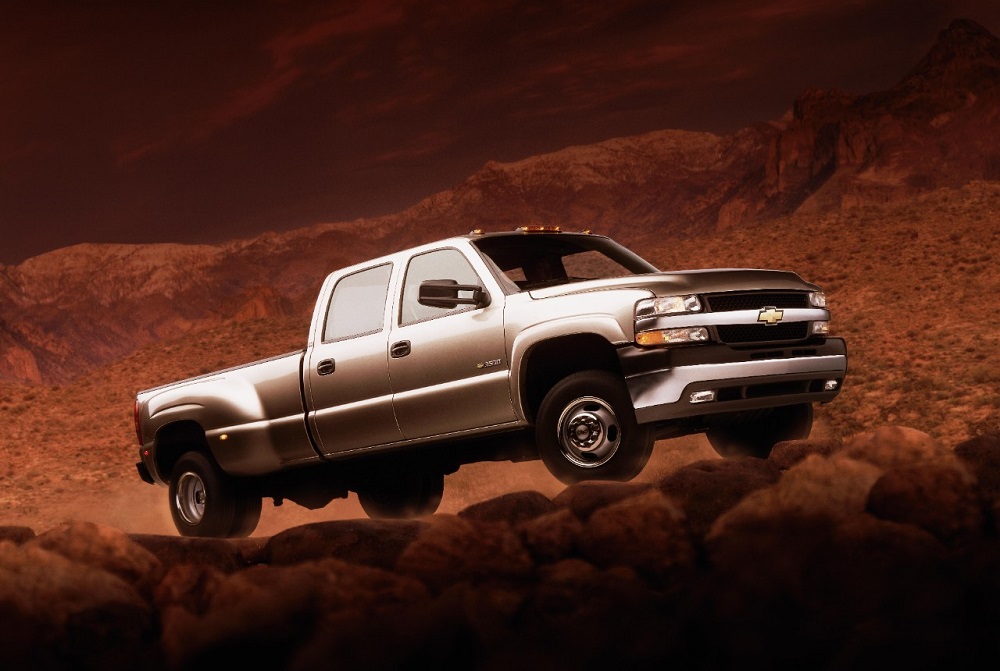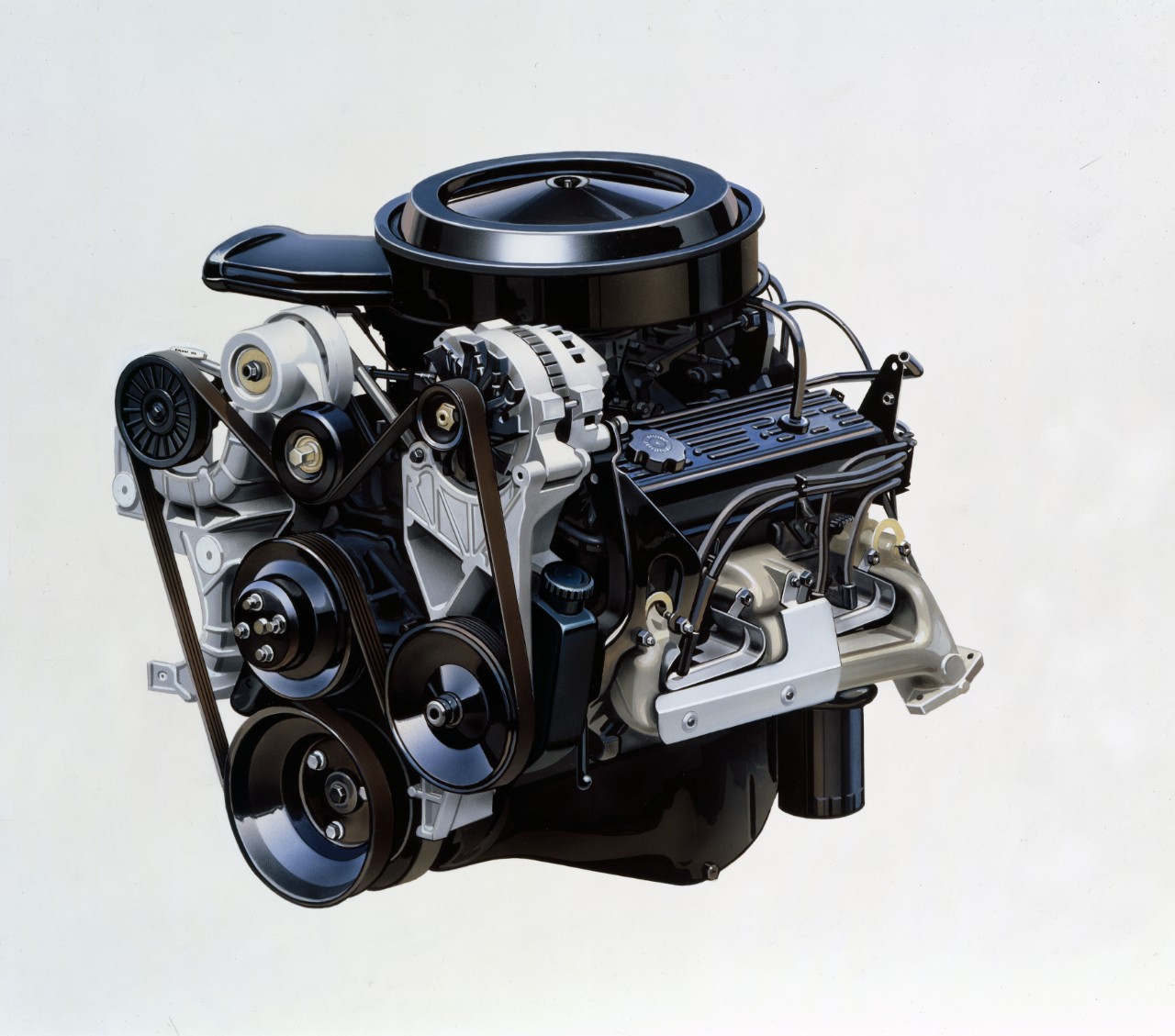Great Moments in Chevy Trucks Torque History
Bowtie celebrates 100 years of bring-it-on capability with official list of the four most defining milestones in the history of Chevrolet torque.
Hey, let’s not kid ourselves. Diehard truck lovers know that the true heart of the vehicles doesn’t lie in horsepower but rather in the torque it can muster up for heavy loads. In fact, it’s one of the major things that has made Chevrolet trucks so popular over the years when it comes to hauling all our precious cargo, including family members as well as boats, bikes, and our other toys.
Of course, Chevy truck torque has also been a trusted source for work-related activities. It’s a legacy that dates all the way back to the original 1918 One-Ton model, which featured a 2.8L four-cylinder engine with an estimated 45 lb.-ft. of torque.
“Chevrolet Trucks have pulled their weight for a century,” says Dan Nicholson, V.P., General Motors Global Propulsion Systems, in a press statement. “Nobody does torque like Chevrolet, and generations have counted on our trucks to get the job done confidently.”
Yep, you certainly won’t get any argument from anyone here. The dependability of Chevy torque has been well-documented in a number of our posts. That said, in honor of that 100-year legacy, the Detroit-based carmaker has compiled a list of four of the most defining milestones in the history of Chevrolet torque.
1929: The First “Stovebolt” Six
Introduced in 1929, Chevrolet’s first overhead-valve inline-six engine brought big torque to the masses. Displacing 194 cubic inches (3.2L), its all-new design helped generate strong torque at low rpm: approximately 120 lb-ft at only 800 rpm. That allowed Chevrolet to increase its work-truck load rating from 1 ton to 1.5 tons. The Stovebolt nickname was based on external fasteners that resembled the bolts on wood-burning stoves, but it quickly became synonymous with the engine’s durability. Several generations of Chevrolet’s overhead-valve straight-six engine were developed from the original design and served in Chevy Trucks through the late 1980s.
1955: The First Small Block V-8
Chevrolet introduced its revolutionary overhead-valve V-8 engine, later to be dubbed the Small Block, in the 1955 “second series” truck lineup. That original 265-cubic-inch (4.3L) engine produced 238 lb-ft of torque at only 2,000 rpm and evolved into one of the industry’s most enduring engine architectures. About a decade after the Small Block was introduced, Chevy’s Big Block engine family — also an overhead-valve design —debuted, elevating capability to an unprecedented level for gas-powered trucks. The Small Block is currently in its fifth generation in 2018 Chevy Trucks, while the original Small Block and Big Block families live on as performance crate engines.
1987: Technology Helps Build Torque and Increase Efficiency
Until the early ’70s, increased displacement and higher compression were easy ways to build more horsepower and torque. That changed with industry mandates that dramatically affected traditional power-building techniques. Chevrolet traded high compression for high technology, developing electronic fuel injection that helped restore the torque of previous years with greater efficiency. Torque in the Small Block engine returned to 300 lb.-ft. in 1987 and got another 10 percent increase a few years later, with the 5.7L Vortec Small Block. Today, the available 6.2L Small Block in the 2018 Silverado 1500 is rated at 460 lb.-ft. of torque, thanks to technologies including variable valve timing and direct injection, giving it the highest torque rating of any light-duty pickup V-8 engine.
2001: Modern Diesel Era begins with Duramax
Introduced in 2001 for Chevy’s HD trucks, the Duramax 6.6L turbo-diesel, with overhead valves and 520 lb.-ft. of torque, was an all-new design that established a new era of capability. Technological advances pushed its output higher, and today the second-generation iteration available in the 2018 Silverado HD lineup offers 910 lb.-ft. of torque — a stunning 75 percent leap in torque from the same 6.6L displacement as the original, which re-set the performance bar for HD trucks.
Car and Driver recorded 0-60 mph in 6.2 seconds in a Duramax-powered Silverado, the quickest time it’s tested for a HD truck, while TFLTruck recorded a climb up the Eisenhower grade in Colorado in 10:16.99 minutes. That was about 12 seconds faster than the nearest one-ton competitor, with each pulling 22,800 pounds.





